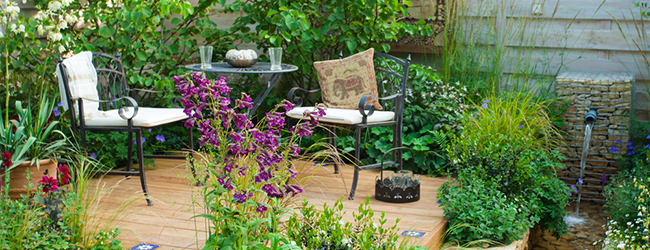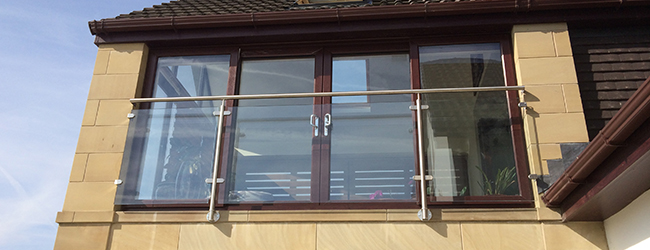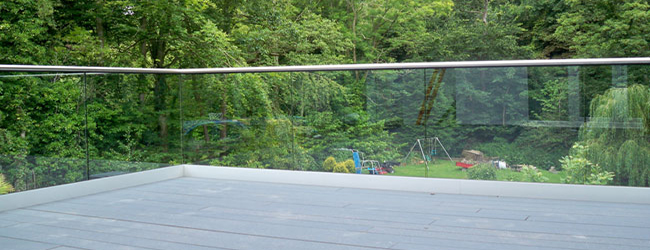English Paradise: Creating A Perfectly English Garden
We at Elite Balustrade are no strangers to garden design. Before the 1700s, continental gardens ruled Europe. Formal lines, strict symmetry and meticulously trimmed plants formed the backbone of the gardening scene all across the continent. But in the 18th century, the world was suddenly rocked by a revolution in gardening, starting from a tiny island in Western Europe. Here we look at some of the defining characteristics of the classic English garden, and how you can apply them to transform your own outside space.
The Essence of English

The new English style rebelled against the careful linearity of continental gardens, instead adopting a more calculatedly chaotic look that intentionally emulated a natural landscape. Informality is key: instead of strict and careful maintenance, the English style is all about celebrating nature. English gardens often boast a far broader array of plants than their counterparts, including perennials, annuals and shrubs. Roses are also popularly and prominently featured, given their status as a national flower and an enduring English symbol.
A central philosophy behind the naturalistic style of English gardens is for these plants to look thoroughly at home in their various areas. This is the idea behind creating ‘drifts’ – planting a great number of the same species in one area to give the effect of a natural mass of growth. This ties into another central idea, that of abundance: gardens made up of a hugely diverse array of plants that are given a lot more freedom to roam. Vines and creepers climb up walls, while other plants overspill from pots or parterres, again creating that impression of a controlled but natural chaos.
These are the most common elements of an English garden. How you shape yours will depend largely on how much space you have. Depending on scale, most English gardens can be divided into two main categories: cottage and landscape.
Cottage: Pretty Colourful

Perfect for gardens with relatively limited space, the English notion of natural abundance often translates into cottage gardens packed with flowers that give the impression of a garden bursting with colour. This effect is especially apparent from above; a Juliet balcony is a popular choice for those wishing to enjoy such a view.
With limited space available, each plant typically serves a pivotal purpose in terms of providing colour, scale or depth to the cottage garden. It’s a good idea to lay out your paths and walkways first before filling what remains with borders and beds. You can use vines and other creeping plants to great effect to “layer” brick or stonework, blurring the boundaries between house and garden.
Naturally, to keep your garden looking picturesque, even taking into account the relatively laid-back English style, an intensive approach to gardening may be required if you intend to fill all available space. Then again, there’s no reason why you should. Exercise some creative freedom by planting species you love, and enjoy the view as they blossom.
Landscape: The Bigger Picture

As the name might imply, this is gardening on a grander scale, which was – and continues to be – particularly popular in manor houses and public grounds from turn of the 18th century. When you build your own landscape, you may well find that frameless glass balustrades can help enhance the sense of scale, creating beautiful natural vistas.
It’s not hard to see why the characteristics of an English garden flourish so well on a large scale. The rigid French style – shaped in part by their straight, narrow canals – didn’t translate well to England, with its rolling hills and winding rivers. Instead, the relatively laissez faire attitude allows the natural landscapes to really come into their own (which you can see best in places like Stowe and Chatsworth).
As for your own garden, the first thing to do when is to create its backbone with a ‘hardscape’ – the man-made elements of a garden like patios, decking or architecture, as opposed to natural elements. Historic landscape gardens often made effective use of architecture to draw the eye and enhance the view, which you can mimic with a small pavilion or other modest structure.
This forms the framework of your garden, which you can fill out with the planting of trees, shrubs and hedges. From there you can begin “weaving” vines or other sprawling plants through your hardscape, adding an extra sense of scale and depth. Scattering a variety of roses or other flowers in the classic English style – making use of drifts for long-range views – always produces a pleasing effect.
Shaping Your Space
Of course, these are two quite extreme ends of the scale, so it’s almost certain that your garden will actually be somewhere in between. However you decide to handle it, we’re always on hand to help. You can call us on 01254 825 594 for advice, or browse our balustrade gallery to see what we’ve done for customers just like you. Don’t forget to follow us on Twitter @elitebalustrade
Published: 30th December 2016



